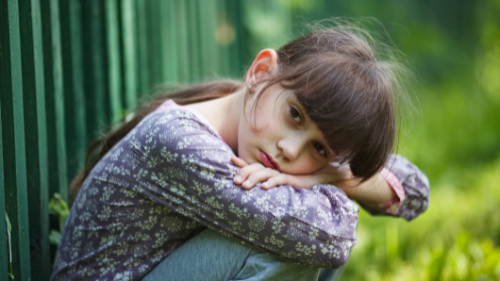How Childhood Wounds Still Affect Your Adult Decisions
What you lived through as a child doesn’t stay in the past. We grow, change,
and mature—but our childhood wounds travel with us. They disguise themselves as
fear, distrust, or that constant need to prove your worth. You don’t do it on
purpose; you learned to protect yourself.
When left unhealed, those wounds guide your decisions without you even
realizing it—you choose from fear, love from lack, and react from pain.
The Invisible Marks That Shape the Way You Live
Childhood wounds don’t always come from major traumas—they’re often born from
everyday moments: an absent father, an overprotective mother, words that made
you feel not enough, or times when no one listened to you.
As a child, you couldn’t understand all that—you simply adapted. And that
adaptation, which once helped you survive, now keeps you from moving forward.
In therapy, many people discover that their need for control, their fear of
rejection, or their difficulty setting boundaries all stem from those early
experiences.
Every time you stay silent to avoid conflict, seek approval, or try too hard to
please others, you’re acting from the child you once were—not from the adult
you are now.
How to Start Healing What’s Still Unresolved
Recognizing your wounds isn’t about staying stuck in the past—it’s about
stopping them from running your present. Observe your reactions: Why does
being ignored hurt so much? Why do you need to please others? Why is it so hard
to trust? Behind each of these answers is an unresolved childhood story.
Emotional healing happens when you look at that inner child with compassion,
not judgment. Do it in therapy, through writing, or by speaking to that child
from your adult self: “You’re not alone anymore. I’m here. I hear you.”
Little by little, what once hurt transforms into wisdom.



